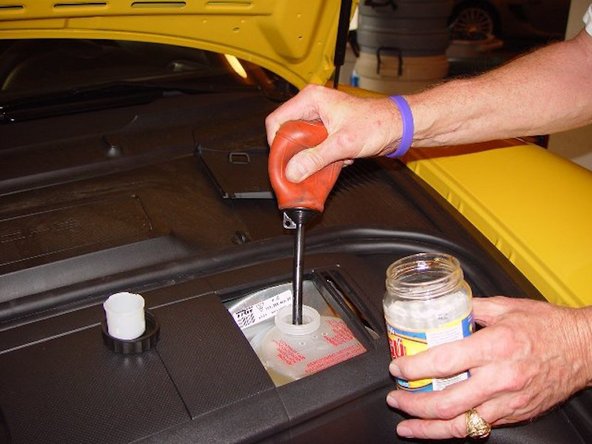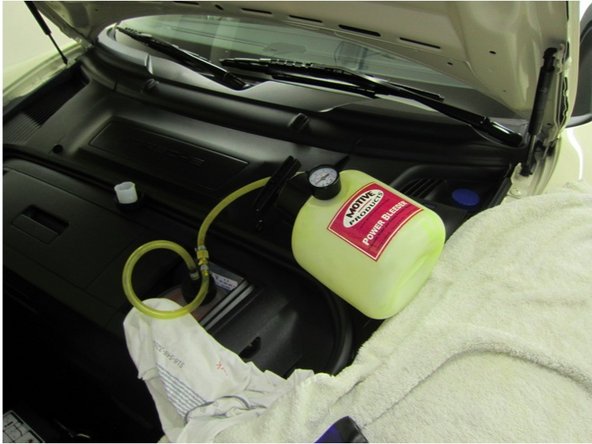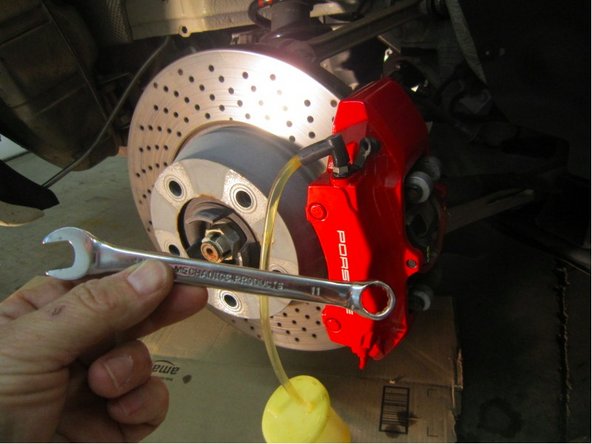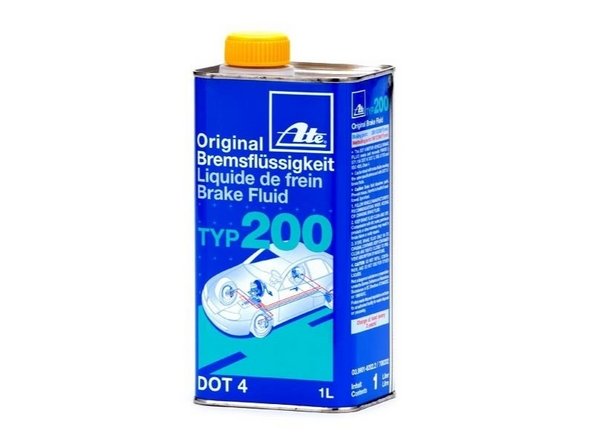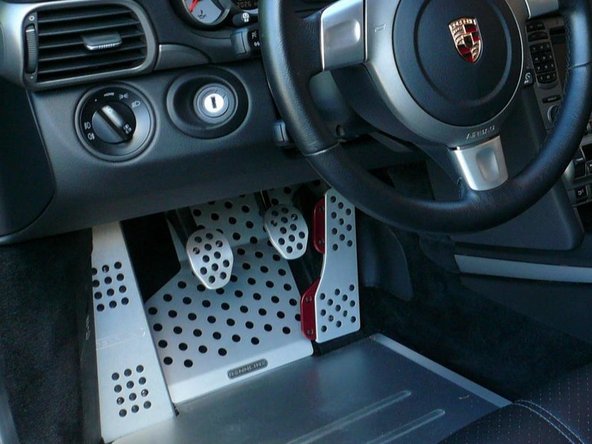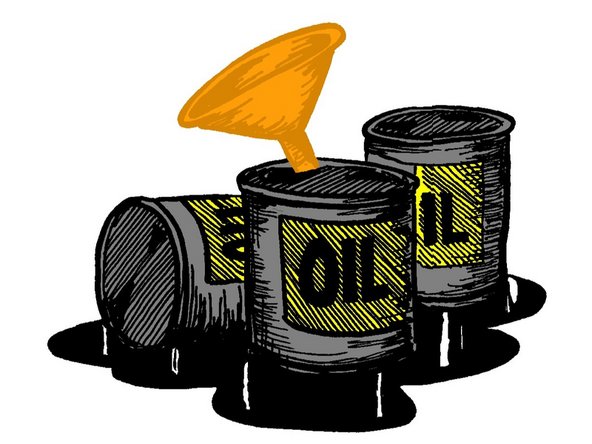Introduction
Porsche brakes should be flushed and bled every two years, starting from the date the vehicle was built. For race cars, it may be necessary to bleed the brakes before each track event or, if the pedal becomes soft during an event, to bleed between sessions.
Fresh brake fluid has a significantly higher boiling point than old fluid, allowing harder braking without fade. Frequent bleeding with fresh fluid allows brake components to last longer. A well maintained brake system can help you avoid ever having to replace calipers, master cylinder or an expensive ABS control unit. The bleeding process, done properly, removes air bubbles from the hydraulic system, resulting in firmer brake pedal feel and more linear, responsive braking performance. Too much air in the system can be dangerous and result in the pedal sinking to the floor.
Please note, this guide does not cover bleeding of the ABS system. To completely bleed the ABS system , you will need access to a Porsche Diagnostic tool such as a Durametric Pro to initiate bleeding of the ABS pump.
*Credits to 6SpeedOnline.com member cerbomark.
-
-
Locate Brake Fluid Reservoir in front of vehicle.
-
Remove Brake Fluid Cap
-
Photo shown is of 997 front trunk compartment .
-
-
-
With the help of a small flat head screwdriver or needle nose plier , carefully remove the mesh filter.
-
Do not damage the filter mesh element or let debris stick to it
-
-
-
Remove as much fluid as possible without going below the minimum fill line on the side of the reservoir.
-
Be very cautious not to spill brake fluid on any painted surface.
-
-
-
Fill Brake fluid reservoir with new fresh fluid
-
Connect Power Bleeder & pump to 15psi
-
As an alternative you can also fill power bleeder with fluid and pressurize system. This will allow a constant stream of fresh fluid to added as you bleed the system.
-
Do not spill brake fluid on paint!
-
-
-
Remove Dust Cap from Brake Caliper
-
Some vehicles will have 2 separate bleed valves (inside and outside of caliper)
-
Using 11mm wrench, turn the bleeder nipple counter clockwise slightly until you begin to see fluid inside the hose. Be careful not to fully remove nipple.
-
If your caliper has two bleeder valves , please begin with the inside valve.
-
When you begin to see the fluid color change, you have successfully flushed this caliper. Old fluid will be much darker in color, compared to an almost clear new fluid.
-
Tighten nipple adequately 6-8 ft lb will suffice.
-
The Brake calipers furthest from the master cylinder should be the first one bleed followed the the next furthest and so on.
-
Maintain adequate fluid and pressure at all times on the Power Bleeder, do not let the fluid fall below the min line at any time. My recommendation is to release the pressure on the system after doing each wheel and top off the reservoir.
-
-
-
Release the pressure from Power Bleeder
-
Fill the reservoir to the max line located on the side of the bottle.
-
If the fluid is above the max line, remove using turkey baster.
-
-
-
Porsche Wheel Torque Spec is 96ft/lb (excluding center lock wheels)
-
Porsche Center Lock Wheels should be torque to 450ft/lb
-
-
-
If brake pedal is extremely soft or falls to the floor. You may have a serious issue , or a leak in the system. Do not operate vehicle till all lines are checked and any leaks resolved!
-
-
-
Please follow all local rules and regulations for proper disposal of all automobile fluids.
-
Most auto parts stores will properly dispose of automobile fluids at no cost.
-





